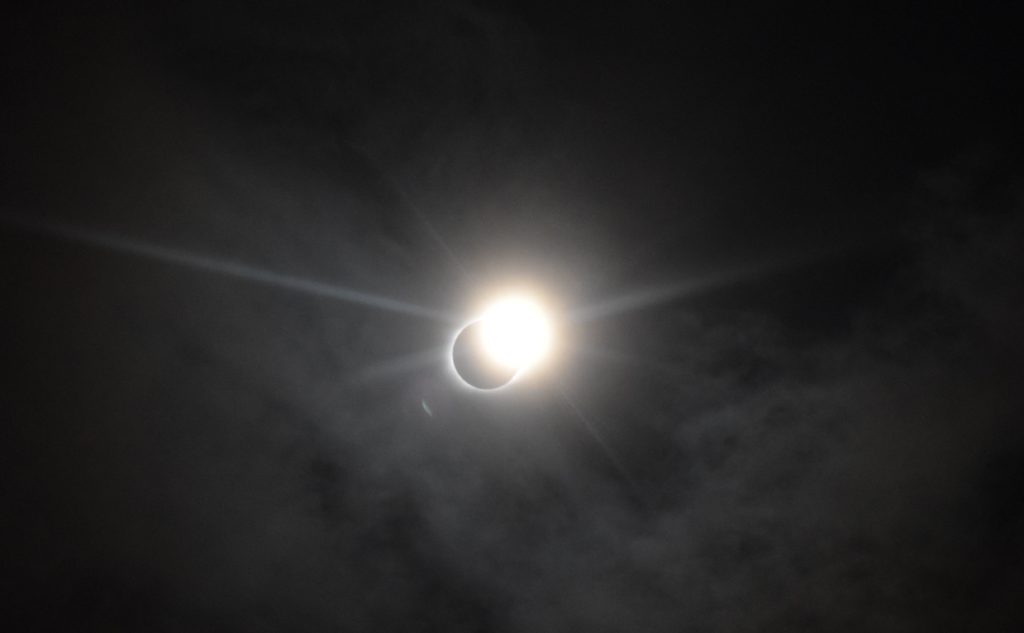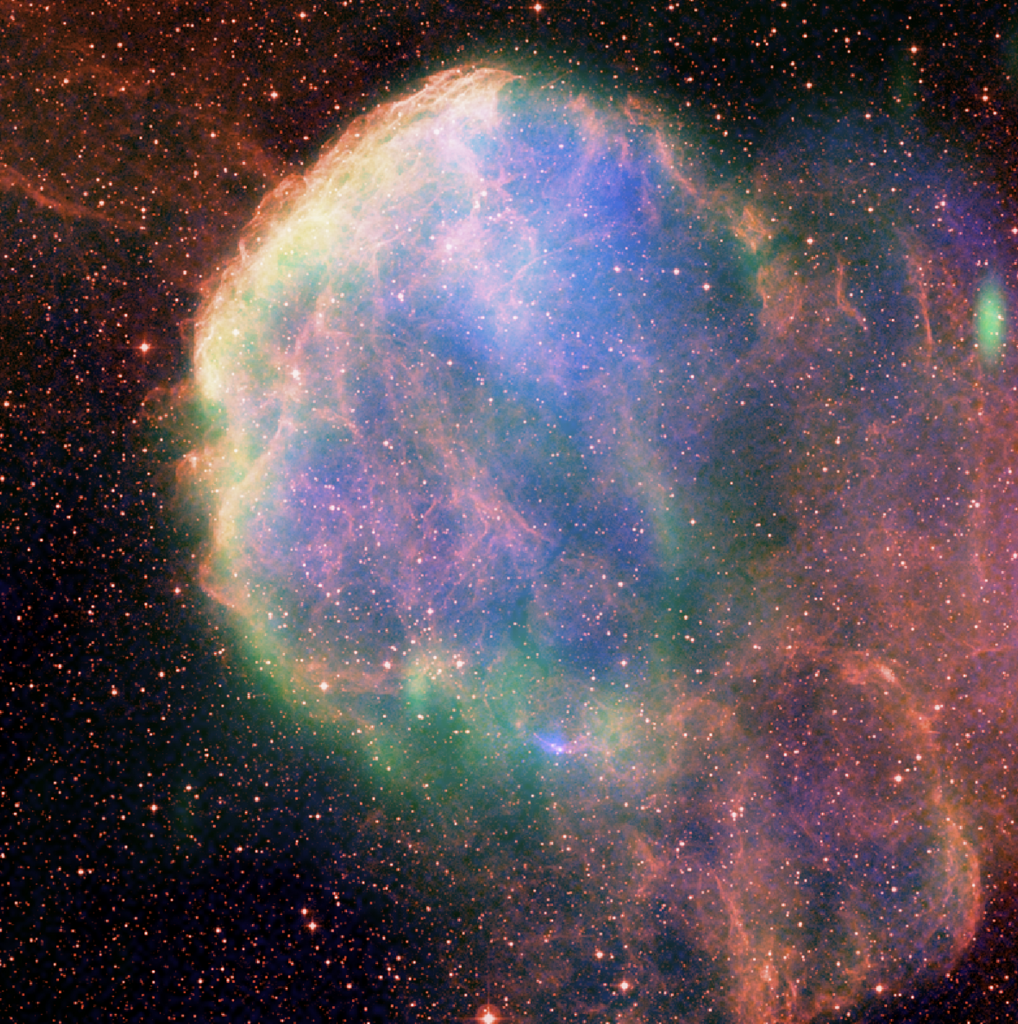
On April 8, 2024, a total solar eclipse will pass in a narrow band across Mexico, the continental United States, and southeastern Canada. Millions of people live within a day’s drive of the narrow path of this eclipse, so it may be one of the most watched astronomical events in history. If you’re heading to the path of totality, or if you’re planning to observe the partial solar eclipse off the path of the lunar umbra, I wish you safe travels and clear skies! And if you’re not traveling, or if you’re facing clouds, or you simply want to know what’s happening with this rare celestial event, here are a few resources and readings about this eclipse and solar eclipses in general. [Read more…] about Live Stream and Resources for the Total Solar Eclipse of April 8, 2024
Share This: